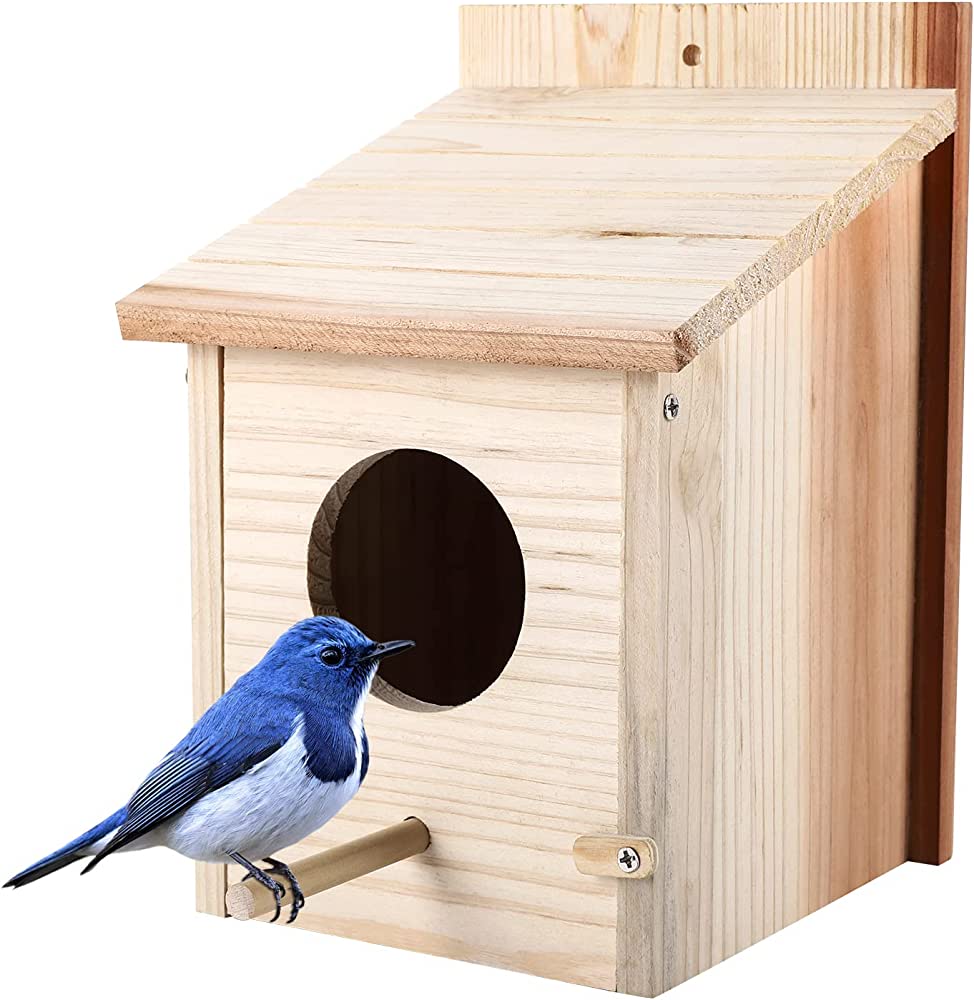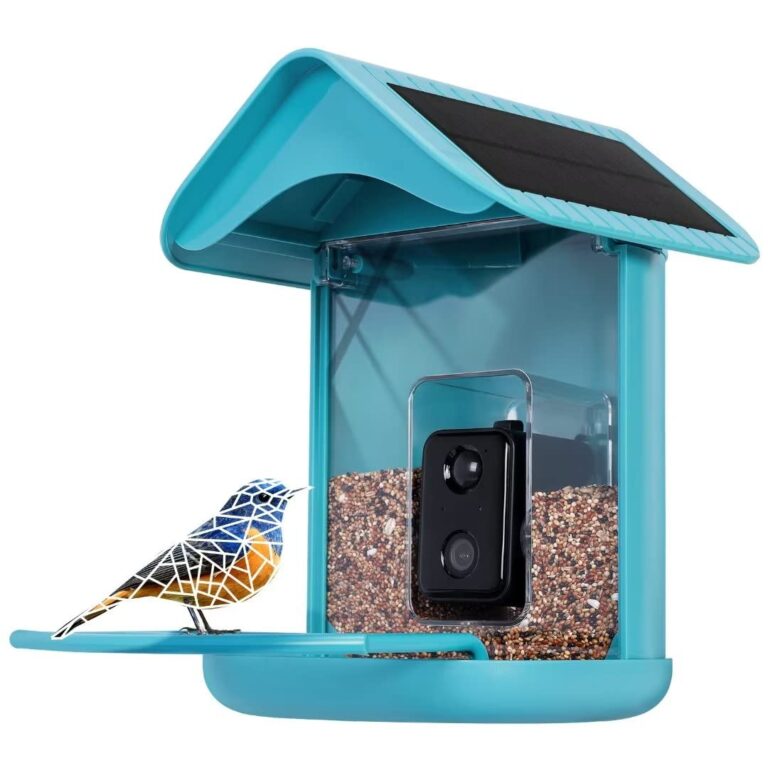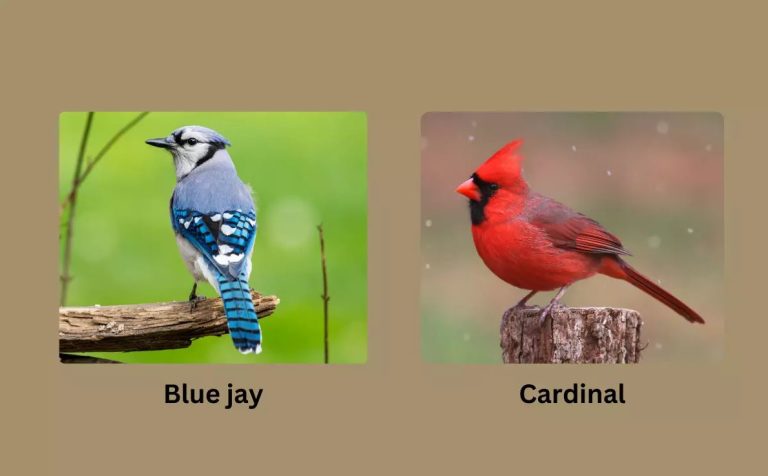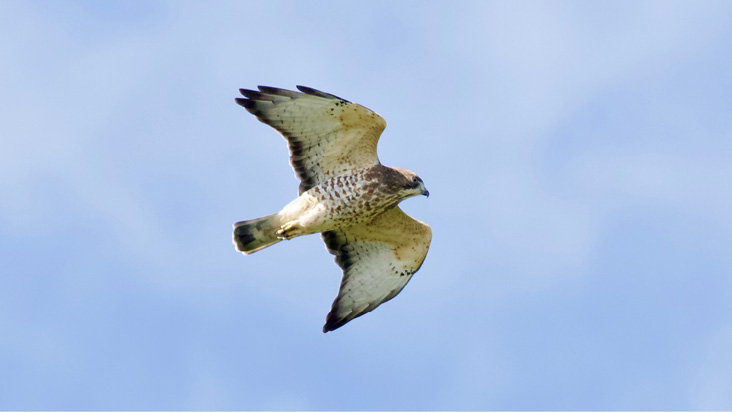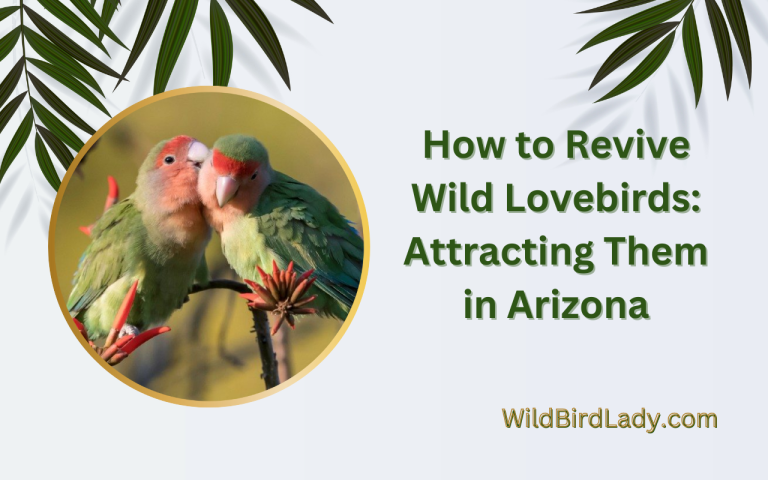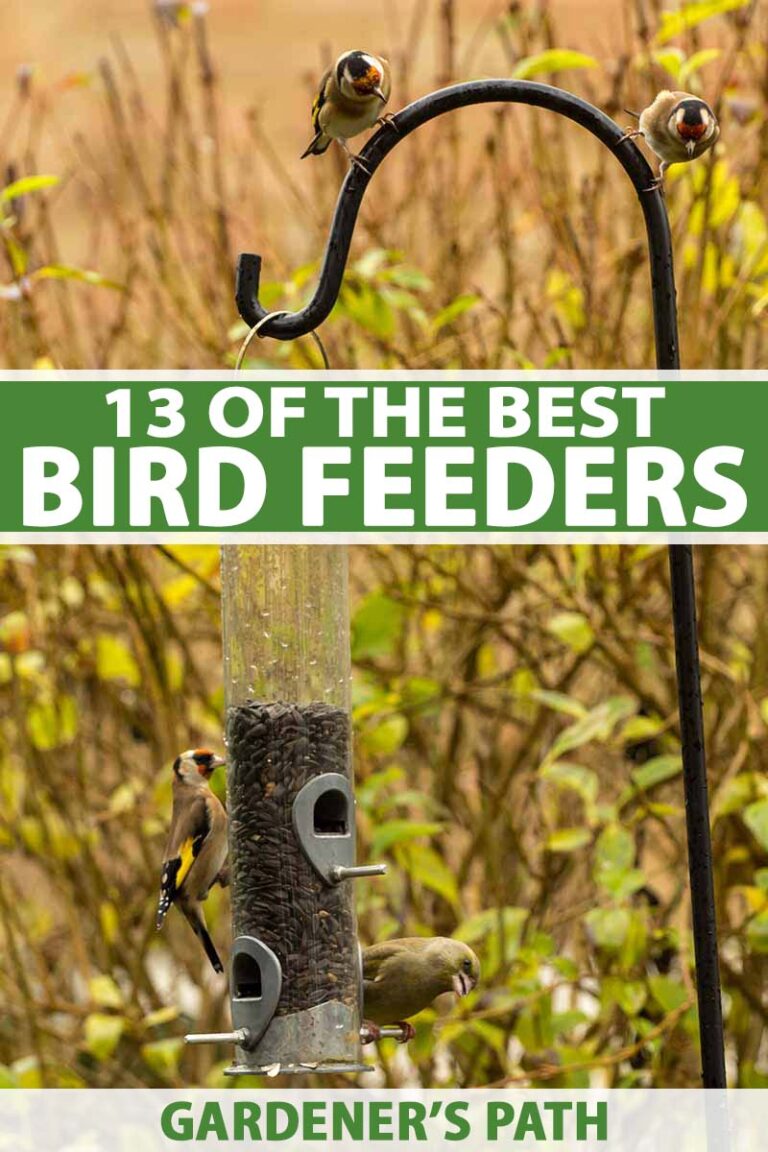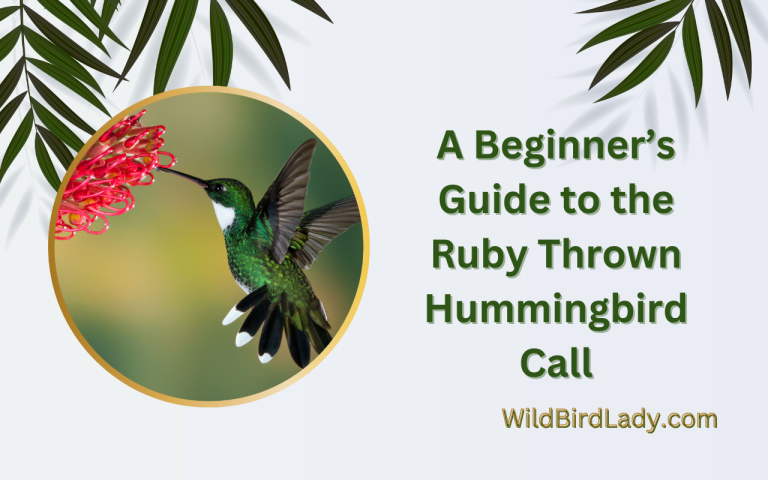Nurture Your Backyard Birds with These 15 DIY Nest Box Care Tips
Maintaining a bird nest box can be easy with these 15 steps. Bird nest boxes, also known as birdhouses, provide a safe shelter for birds to build their nests and raise their young.
Installing and maintaining a bird nest box can be a fun and rewarding experience for bird enthusiasts. However, it is important to keep the nest box in good condition to ensure that the birds continue to use it. In this article, we will discuss 15 easy steps that you can do yourself to maintain a bird nest box.
Keep reading to discover how you can help provide a safe haven for birds in your backyard.
Credit: www.housebeautiful.com
Why Building Nest Boxes Is Important For Birds:
The Benefits Of Nest Boxes For Birds
Nest boxes, also known as birdhouses, provide many benefits to our feathered friends. Some of these benefits include:
- Nest boxes provide a safe and cozy place for birds to raise their young, protecting them from predators and harsh weather.
- By providing additional nesting sites, nest boxes can help increase the bird population, which is especially important in areas where natural nesting sites are limited.
- Some bird species have specific habitat needs, and nest boxes can help provide those specific conditions, such as a small entrance hole or specific location.
- Nest boxes allow you to enjoy the fascinating activity of breeding birds in your own backyard, providing an educational experience for children and adults alike.
The Importance Of Choosing The Right Type Of Nest Box
When it comes to providing nest boxes, it’s important to choose the right type of box for the bird species in your area. Here are some key considerations when selecting a nest box:
- Size: Different bird species have different requirements for the size of their nesting box- too small a box can make it difficult for the birds to enter, while too large may make it harder for them to keep the nest warm.
- Hole size: The size of the hole in the nesting box is also essential. If the hole is too large, predators like squirrels may be able to get in. Conversely, if it is too small, the intended bird species may not be able to enter.
- Materials: The material used to build the box will determine how long-lasting it will be and the weather conditions the box can withstand. Choices like cedar or cypress wood can provide durability and natural insect resistance.
- Location: Nest boxes should be installed in a suitable location. The box should face between north and east and be mounted around 5 feet off the ground. It should be in a location that isn’t too open to predators but also not so densely wooded that birds struggle to move in and out of the box.
By considering these factors, you can help ensure that the nest box is suitable for the bird species in your area. This will help protect the birds from potential dangers and encourage successful breeding.
The Best Practices For Building Diy Nest Boxes:
Understanding The Different Types Of Nest Boxes
Nest boxes are artificial structures that provide a safe place for birds to nest and breed. Before building your own nest box, you should know the different types of nest boxes that exist. Here are some of the most common ones:
- Bluebird nest box: Ideal for backyard birders, the bluebird nest box is specifically designed for bluebirds and is commonly used in north america.
- Wood duck nest box: A wood duck nest box is larger and more complex for birds that prefer wetland environments.
- Wren nest box: The wren nest box is a small, cozy cubby that is perfect for wrens and other small perching birds.
- Robin nest box: The robin nest box is constructed to accommodate robins, which are larger birds that require a more spacious area.
- Bat house nest box: Bat houses are structures that can be used not only to serve as a shelter for bats but to also protect them from harm in some cases.
Choosing The Right Materials For Your Nest Box
When building a nest box, paying attention to the materials you use is essential. Using the right materials can make a significant difference in the success of your nest box. Here are some of the materials you should consider when building your nest box:
- Wood: Ideal thickness is 3/4-inch. Avoid using pressure-treated, painted, or varnished wood as they can be toxic for birds and their offspring.
- Screws: Galvanized screws or nails are preferable to ensure they last a long time. Don’t use any staples or nails that could hurt the birds or rust quickly.
- Roof: It’s important to overhang the roof portion of the box over the entrance hole to protect the birdhouse from water, wind, and sunlight.
- Entrance hole: The entrance hole size for each type of bird is different. Before building, research the appropriate size for the specific bird you want to attract.
Dimensions And Placement Of Nest Boxes
The success rate of a nest box also depends on proper placement. Nest boxes should be placed in a location that provides enough sunlight and warmth while also being close enough to a source of food and water. Here are some basic tips for proper nest box placement:
- Four to six feet of height: Nest boxes should be at eye level or higher, around 4 to 6 feet above the ground to help protect from predators.
- Direction: The entrance hole should be facing away from the direction of the prevailing winds and be situated to receive the morning sun.
- Distance: Space the nest boxes a safe distance away from one another so as not to cause territorial issues with the birds.
- Cleaning: Nest boxes should be cleaned out after each nesting season to prepare for the next birds that will move in.
By understanding the different types of nest boxes, choosing the right materials, and ensuring proper dimensions and placement, you can easily maintain your bird nest box and support the local bird community.
Caring For Your Nest Boxes:
Bird nest box maintenance | 15 easy steps you can do yourself
Are you a nature-lover looking for ways to help sustain our feathered friends? One way you can assist birds in the wild is by setting up nest boxes. These cozy shelters provide a safe and secure space for birds to lay eggs and rear their young.
However, to ensure that the boxes remain a safe haven for these delicate creatures, they require regular maintenance and cleaning. In this blog post, we will explore 15 easy steps to care for your nest boxes.
Regular Maintenance And Inspections
The best way to keep your birdhouses in tip-top condition is by checking them frequently. Here are some key maintenance and inspection tips to follow:
- Inspect the boxes at least twice a year
- Check for rot in wood and water damage
- Evaluate the stability of the box and its mounting
- If the nest box is damaged beyond repair, replace it
Checking For Bird Infestations
Occasionally, invasive species like wasps or squirrels will take over birdhouses, preventing birds from nesting. Here are some ways to avoid and handle infestations:
- Monitor the birdhouses regularly
- Place baffles or predator guards to deter unwanted guests
- If infestation occurs, do not attempt to remove or eliminate pests yourself; contact a professional pest control company instead
Cleaning Out Nest Boxes Between Seasons
After fledglings leave the boxes, it’s critical to clean and disinfect the space to keep it safe for the next nesting season. Here are some specifics to follow:
- Once the babies have flown the coop, remove any debris from the previous nest, including the old nest material, fecal matter, and any unhatched eggs
- Clean the box with a weak water and bleach solution (9 parts water, 1 part bleach)
- Rinse the box with water and air dry it in the sun
- Store the nest box in a dry location out of the elements until the next bird nesting season
By following these easy steps, you can help maintain healthy and safe nesting spaces for our feathered friends. Keep in mind that each bird species has unique needs, so research your local bird species to ensure your boxes meet their specific requirements.
Happy bird-watching!
How To Attract Birds To Your Nest Boxes:
Birds are an incredible sight to watch when they’re in their natural habitat. Nest boxes are a brilliant way to invite different bird families to come and nest in your yard. Here are some helpful tips to attract birds to your nest boxes:
Providing Nesting Materials:
One way to attract birds to your nest boxes is to provide nesting materials. These materials will help birds build their nests and attract them to your yard. You can provide nesting materials like:
- Twigs
- Grass clippings
- Small branches
- Moss
- Leaves
- Bark strips
Creating A Bird-Friendly Habitat:
If you want more bird families to nest in your yard, you need to provide them with a bird-friendly habitat. Creating a safe habitat for birds will encourage them to stay longer. Here are some ways to create a bird-friendly habitat:
- Plant trees and bushes that are native to your area.
- Provide food and water sources like bird feeders, bird baths, and shallow dishes of water.
- Don’t use pesticides or insecticides in your yard.
- Keep your yard clean and well-maintained.
The Importance Of Proper Feeding:
The importance of proper feeding for birds cannot be underestimated. Birds need a constant food source to sustain them through the nesting season. Here are some ways to ensure proper feeding for birds:
- Use high-quality bird seed and suet cakes to ensure your birds have a healthy and varied diet.
- Clean your feeders regularly to prevent the spread of disease.
- Only put out enough food to last them two days to avoid attracting unwanted pests like rodents.
Proper nest box maintenance and attention to detail can create a happy home for many bird families in your yard. By providing nesting material, a bird-friendly habitat and proper feeding, you’ll not only attract birds to your nest boxes but also ensure their survival.
Frequently Asked Questions For “Bird Nest Box Maintenance | 15 Easy Steps You Can Do Yourself”
How Often Should I Clean My Birdhouse?
It’s recommended to clean out your birdhouse at least once a year. Spring is the best time to do it, just before the nesting season begins.
How Do I Disinfect My Birdhouse?
Scrub the inside of the birdhouse with hot soapy water, and rinse it thoroughly. Once it’s dry, spray the inside with a 10% bleach solution and let it dry again before rehanging.
What Should I Do With Old Nesting Materials?
Discard the old nesting materials in the trash as it may contain parasites or disease-causing bacteria. Don’t compost them.
How Do I Protect My Birdhouse From Predators?
Clear the area around the birdhouse from any obstructions that could provide cover for predators. Install a baffle on the pole or mount the birdhouse on a metal pole for better protection.
How Often Should I Check My Birdhouse?
Check your birdhouses once a week to see if there are any problems, such as damage, leaks or predator invasion. Remove any issues immediately.
When Should I Repair Or Replace My Birdhouse?
If you see any holes or cracks in the birdhouse, it’s time to repair or replace it. A damaged birdhouse can harm the nesting birds or their young.
Conclusion
Taking care of bird nesting boxes is not only important for our feathered friends but also beneficial for our ecosystem. Keeping the boxes clean, safe, and comfortable is easy and takes only a few steps. A little effort and understanding of the birds’ behavior are all you need to maintain your birdhouses successfully.
Remember to clean the boxes once a year, fix holes and cracks, and avoid using toxic substances when treating them. Also, try to place the nesting boxes away from predators and provide enough food and water to attract the birds.
These easy steps can make a significant difference in promoting birds’ safety and breeding success. So, go ahead and put your bird box maintenance knowledge into action!
Published on August 5, 2023 | Last Updated on June 26, 2025 by Rifat Ahmed

